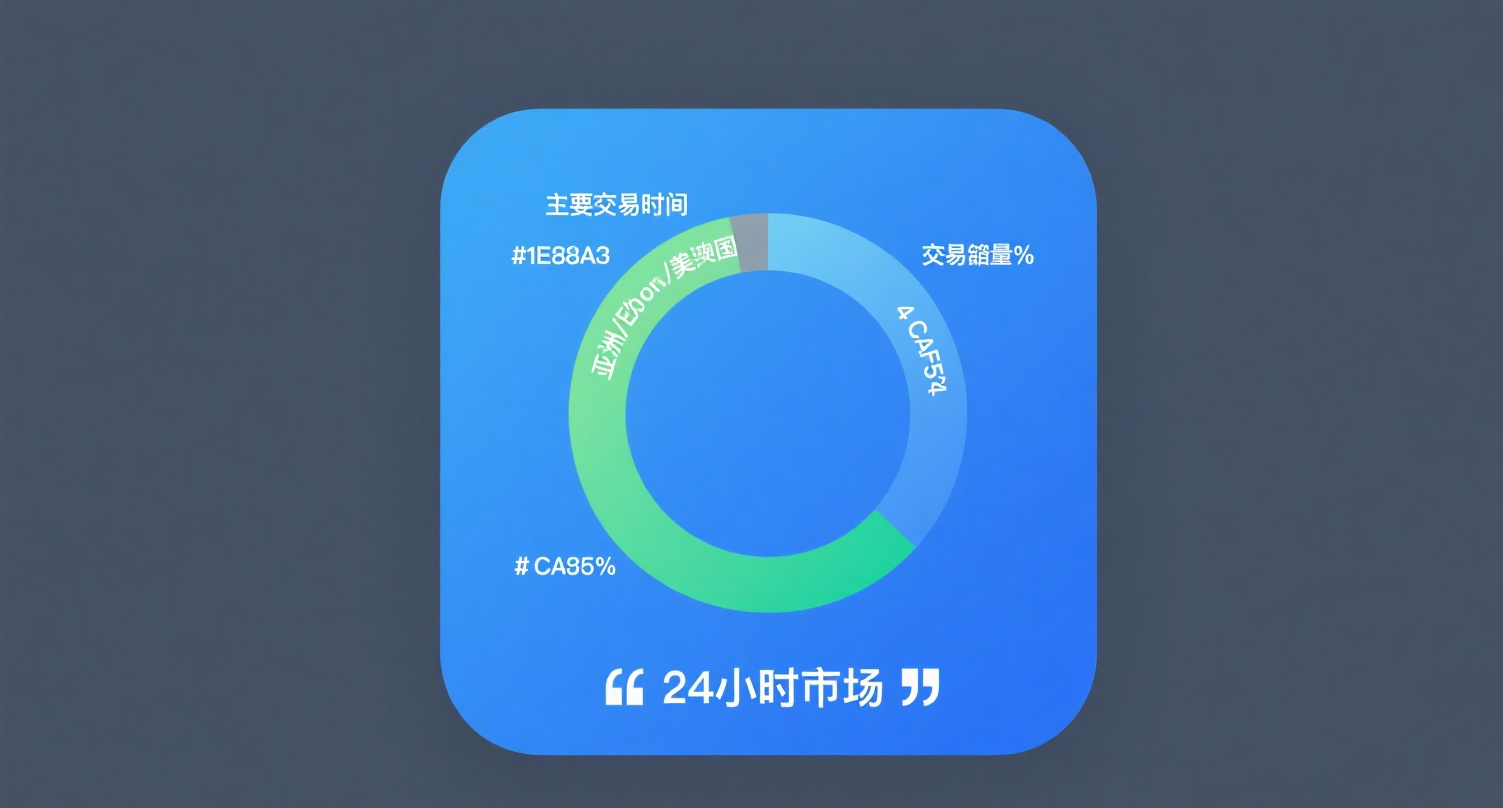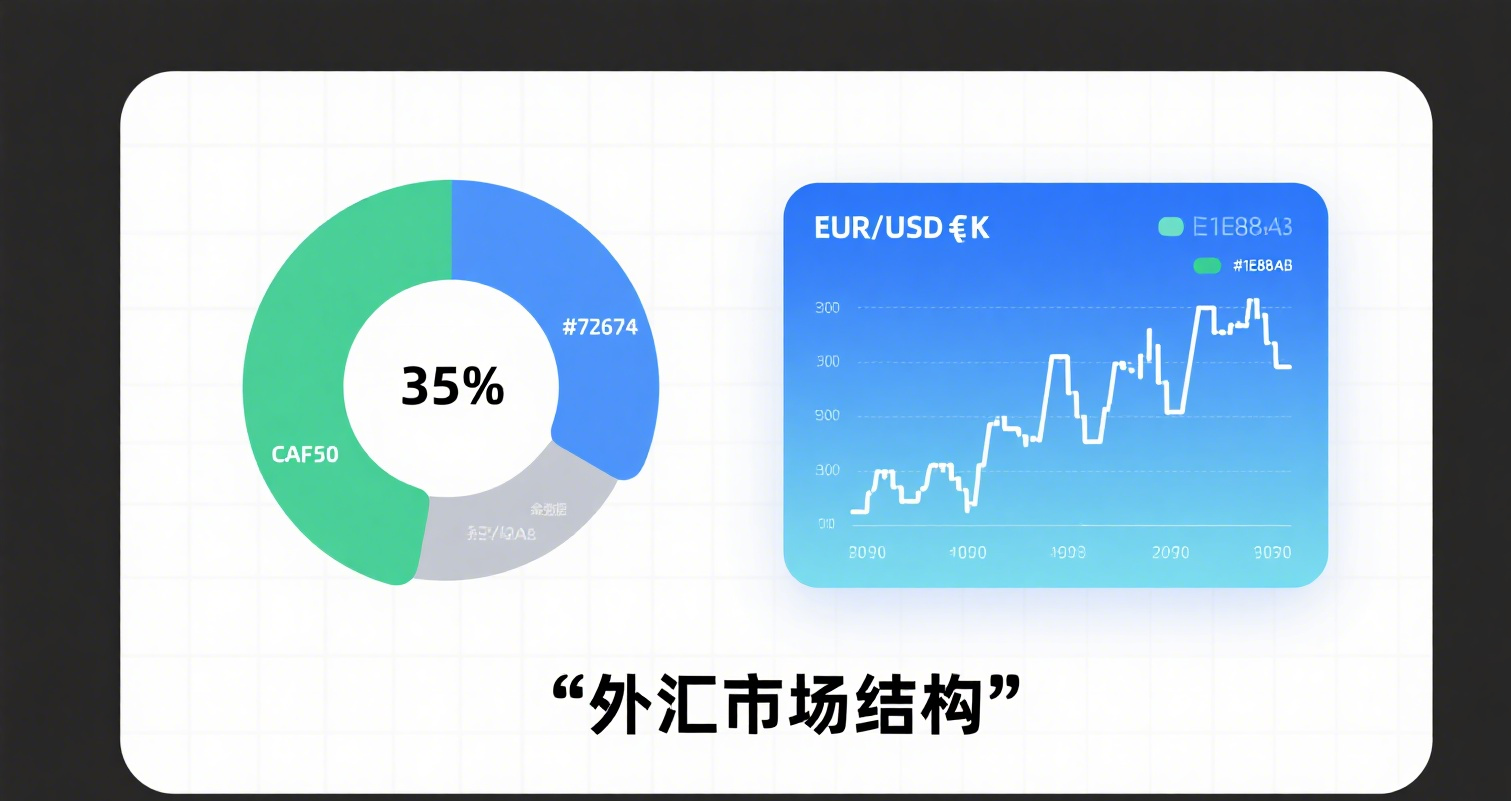
The following is Adam Theory's interpretation of rate -
The rate at a given point. To understand this concept, we must first define the two-dimensional space we are describing. Since we are discussing markets here, we assign the horizontal axis as "time" and the vertical axis as "price." Therefore, rate is "price" divided by "time." When "price" increases faster than "time," the rate accelerates. When "time" increases faster than "price," the rate decelerates.
Source of the above paragraph:
What creates the most perfect symmetry?
1. Proximity to the "present" point. The closer a point is to the "present," the better the symmetry. Another way to say it is: the closer a point is to the "present," the more accurate the prediction of where a future point will occur.
2. The rate at that point. To understand this concept, we must define the two-dimensional space we are describing. Since we are discussing markets, we assign the horizontal axis as "time" and the vertical axis as "price." Therefore, rate is "price" divided by "time." When "price" increases faster than "time," the rate accelerates. When "time" increases faster than "price," the rate decelerates.
Imagine a straight line formed by a series of price points moving forward in time. The steeper this line, the faster the market moves, and thus the higher the rate. The market's rate is also called the trend. Therefore, the steeper the trend, the better the symmetry. Another way to say it is: the steeper the trend, the more accurate the "second image" prediction.
So what does all this mean? In short:
The "second image" is the market's self-updating prediction of where it is most likely to go in the future.
The closer the market is to the "present" moment, and the faster it moves, the more accurate its own prediction of future direction will be.
Now it's worth pausing for a minute to reflect on the implications of these two statements. They are quite simple and logical, and soon you might think you've always known them. However, it took Sloman a long time to uncover the deeper meanings hidden within these ideas.
Now we will observe these concepts in the structure of any freely traded market. Whether we're talking about stock markets, commodity markets, forex markets, or any other market doesn't matter. Adam Theory is universally applicable - it works in all markets.
















